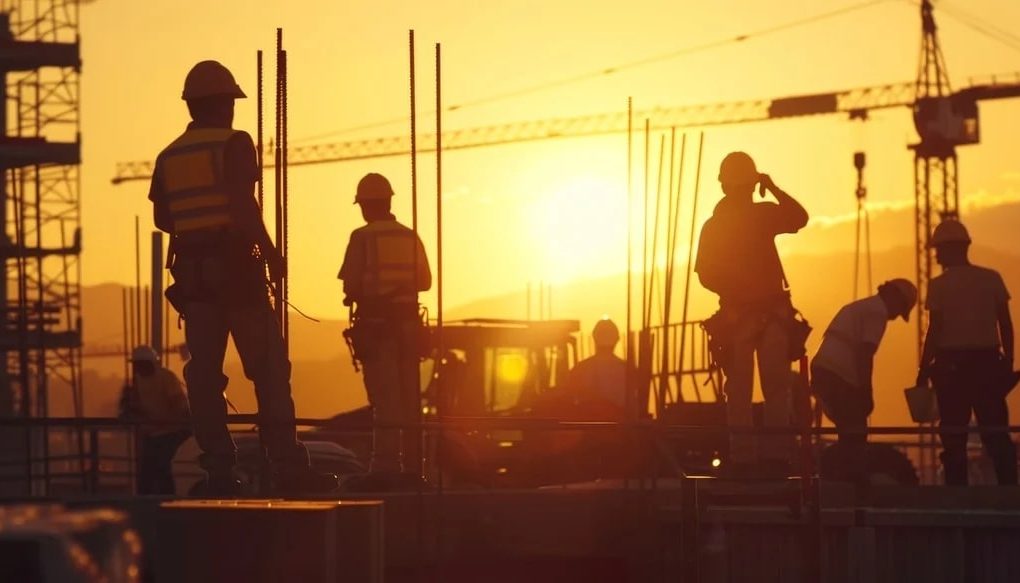Long underlying architecture and building, as well as structural engineering, have shaped our planet. Design philosophies, new materials, and technology have revolutionised structural engineering. Driven in this field by sustainability, efficiency, and aesthetics, engineers and architects are reevaluating construction and building design. Modern structural engineering techniques transform the present design to guarantee safe, practical, sustainable, and aesthetically pleasing buildings.
Sustainable materials and methods
Structural engineering has recently given sustainable materials and building techniques top importance. Engineers have been pushed towards strong and sustainable materials— reclaimed steel, bamboo, and cross-laminated timber (CLT)—by the trend towards green architecture. Compared to concrete and steel, these materials have far fewer carbon footprints. Popular creative techniques include modular buildings, which makes use of prefabricated components. Precast dock leveller systems are used in many contemporary constructions to save time, money and building waste. These solutions encourage sustainable building by speeding up building and cutting material waste and energy use.
Advanced computing tools
Advanced computational technologies have transformed structural design for engineers working in the digital era. BIM and FEA let engineers create exact 3D models of buildings and replicate load-bearing capacity, environmental effect, and material behaviour. These instruments have tremendously improved structural engineering accuracy and efficiency, enabling architects to foresee issues and maximise plans before building. With this predictive power, engineers may innovate while adhering to performance and safety rules. Moreover, more experimental and ambitious architectural ideas have been made possible by the virtual modelling of difficult constructions.
Hybrid structural systems
Stronger, more efficient constructions are produced by hybrid structural systems using the properties of several materials. Often combined are steel and concrete, which have tensile and compressive strength. Hybrid systems let builders fit buildings for environmental, practical, and aesthetic goals. Integrating steel and concrete in high-rise buildings lowers weight while maintaining strength, a necessary condition for seismic performance. This approach helps buildings to be more appealing and reinforces them so that architects may create graceful, thin constructions against convention.
Seismic resilience and wind engineering
Structural engineers have developed creative ways to bolster buildings in response to earthquakes and storms. Particularly, earthquake resilience has become better. Dampers and base isolation are more common in places prone to earthquakes. These days, engineers create structures to resist wind pressures more effectively. Modern tall buildings include aerodynamic shapes, calibrated mass dampers, and creative bracing systems to resist strong winds without compromising height or architectural freedom.
Functional and aesthetic design integration
It’s amazing how perfectly modern structural engineering blends form with purpose. These days, structural elements take the front stage in architectural design instead of hiding behind facades. Engineers and architects are designing stunning, structurally sound buildings using exposed steel beams, cantilevered construction, and creative glass use. This approach combines form and function in hitherto unthinkable ways, enhancing modern buildings’ visual attractiveness and including engineering work into the design narrative.
Conclusion
Structural engineering innovations are shaping modern design, incorporating sustainability, better computational tools, hybrid systems, and resilience. Engineers are more qualified than ever to create beautiful, functional, safe, and sustainable buildings. Structural engineering will grow as technology develops, making it an interesting field that fits modern civilisation.
Image attributed to Pixabay.com




